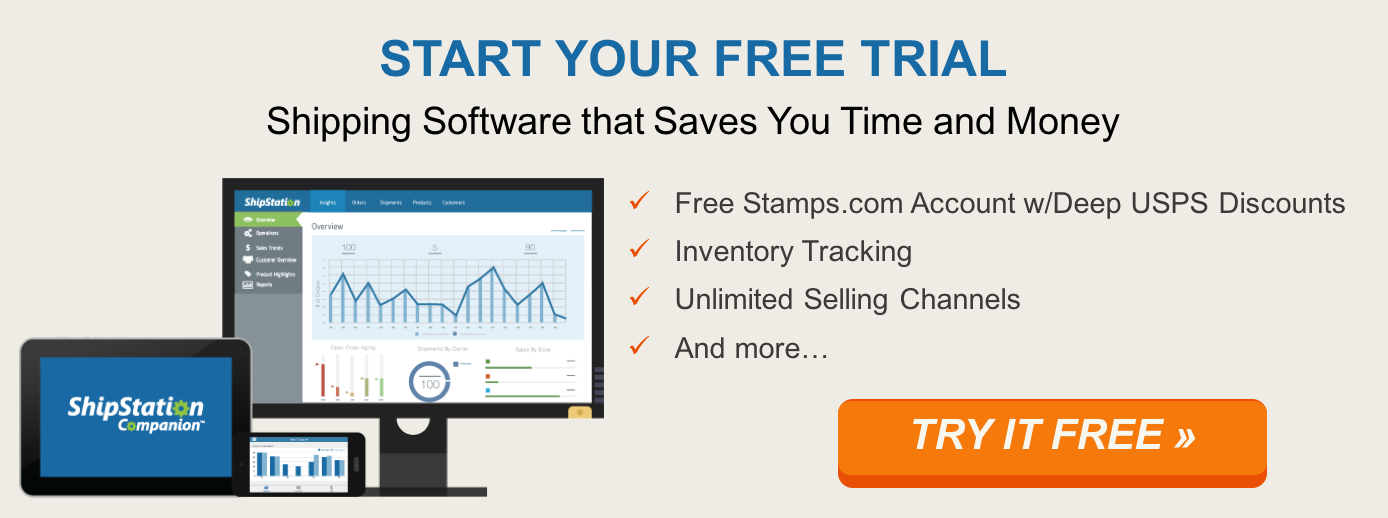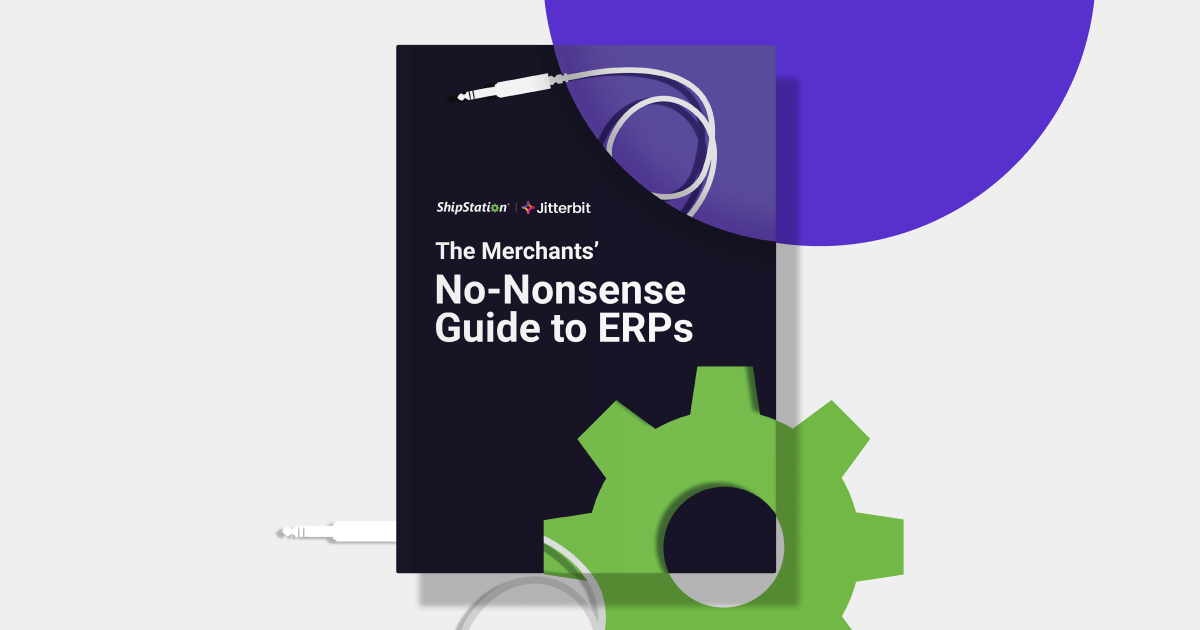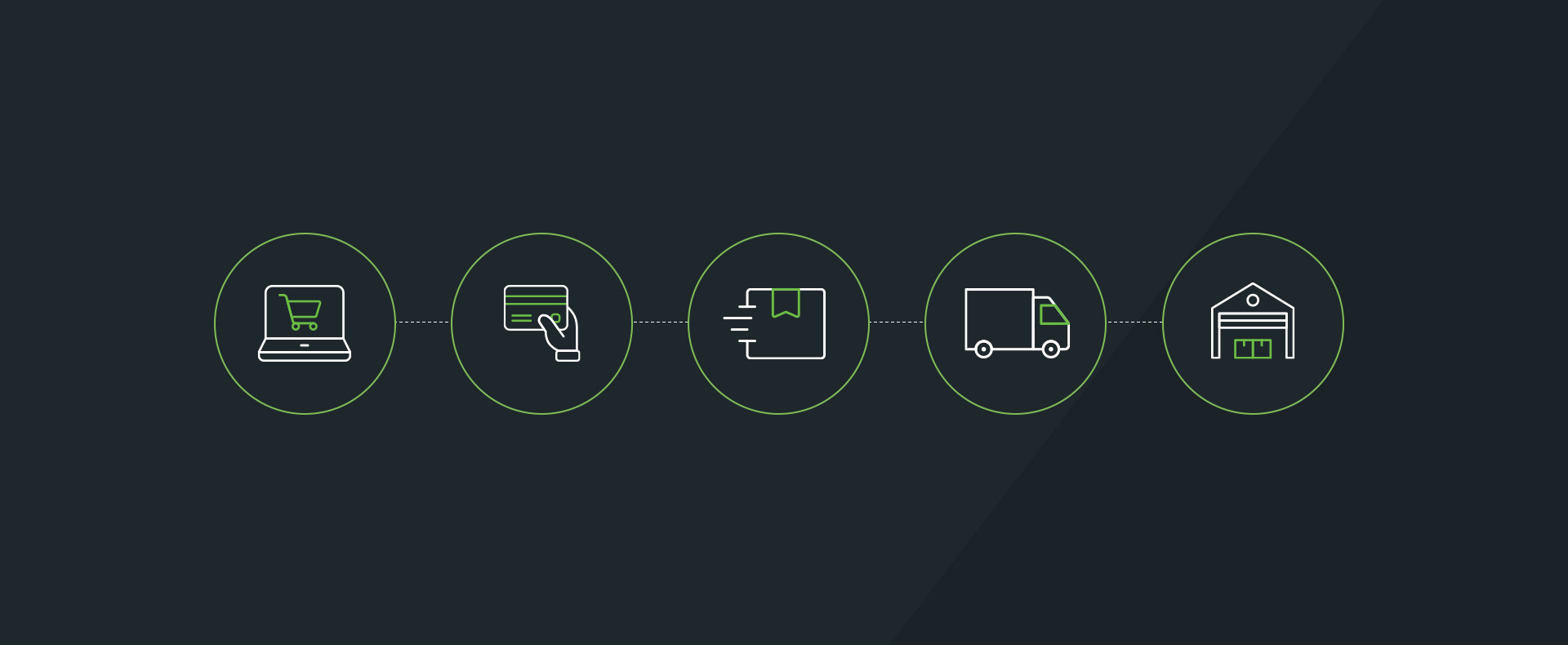E-commerce Returns Can Help Your Business Grow
E-commerce returns are scary. It’s money lost on the product, on shipping, and potentially future sales. So, for some online businesses, it’s easier to ignore returns. Or maybe make them so difficult, add so many hoops, that the customer doesn’t even bother with the returns process.
But that’s bad business. Really bad business: Over half of all online consumers want hassle-free e-commerce returns (according to UPS’s Pulse of the Online Shopper).
And if your customer has to pay for returns? Well, those customers are likely to decrease their spending at your store by 75% to 100% over the course of two years. That’s not even accounting for word-of-mouth; if you have a bad e-commerce returns experience, are you going to warn your friends?
That’s why at ShipStation, we don’t want you to run away from returns or ignore them.
In fact, we think if you build yourself a great return policy, you’ll actually increase customer loyalty and sales. Not only are customers more likely to make a new purchase during a return (if the return is easy), but they also increase spending at the store by wild margins: spending increases 158% to 457% above pre-return spending.
So what can you do, right now, to help make e-commerce returns a positive for your business? As always, we’re chuck full of ideas for you:
Incentivize customers to provide customer reviews.
Product reviews from existing customers help in more ways than one. First, they provide real-world bits of information that may not be included in a product description. Second, prevent hasty purchases among new customers that could end up being returned. And third, they keep your customer base engaged with your business instead of a competitor’s.
Bolster order accuracy.
Incorrect orders are incredibly frustrating for e-commerce owners because they are often the result of carelessness or poor quality control procedures. Invest in e-commerce software that eliminates the need for employees to enter information manually and watch errors plummet.
Provide detailed product specifications.
Providing comprehensive information in a clear, organized format helps prevent disappointment or unexpected surprises among customers — which lead to returns.
Use product images in conjunction with models when selling clothing.
Clothing images allow shoppers to view details such as color, fabric patterns, and stitching. However, they offer little help to consumers who are interested in the cut of a suit or dress. By posting photos of models wearing advertised clothing, e-commerce site owners can prevent returns of clothing that does not properly fit the buyer. If possible, include the model’s size and measurements to provide shoppers with a reference point.
Utilize the proper packaging to prevent product damage.
Roughly 20% of returns are due to product damage, highlighting a need for more secure packaging within the e-commerce industry. Good packaging practices include the following:
- Invest in a variety of different box sizes if your product inventory is varied
- Resist the urge to squeeze a product into a box that is just a bit too small
- Make sure you securely wrap products before placing them in an empty box
- Use brightly colored stickers to mark parcels containing fragile items accordingly
Specify your return guidelines.
Make sure customers can access your return policy from anywhere. State it clearly on your website and include detailed information with every shipment. Be sure to remind customers that they are responsible for ensuring that the returned item is securely packaged and free of damage. Finally, make sure you specify who bears the responsibility for shipping costs when a product is returned.
Establish an online portal specifically for product returns.
While establishing a centralized portal for product returns does not necessarily prevent returns, it promotes efficiency and convenience for shoppers and retailers alike. Additionally, online portals allow shoppers to easily initiate a return without needing to email or call you—saving you time. ShipStation has you covered with our Branded Returns Portal.
Eliminate or replace products with the highest rates of return.
While this step may sound a bit extreme, it is appropriate in the case of products with rates of return that significantly exceed the average e-commerce return rate of 30%. At a minimum, you should take time to review your product return data on a regular basis to identify products that account for the largest percentage of your returns.
Ready to get started? Good. We’ll have more to come in our next few blogs about building a better return policy, how to use ShipStation’s Branded Returns Portal, and even more.






